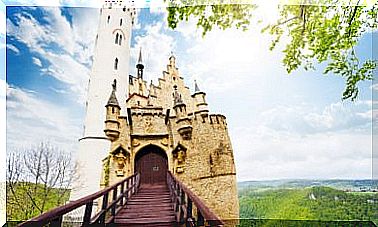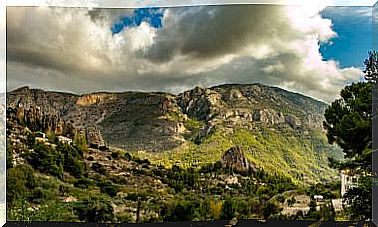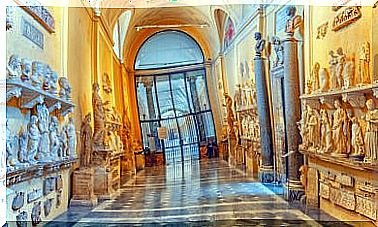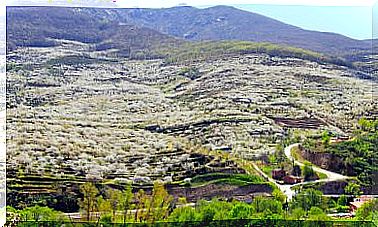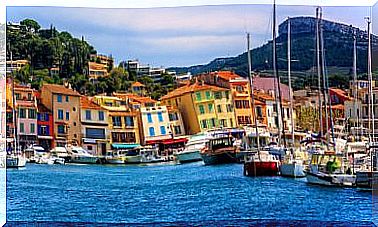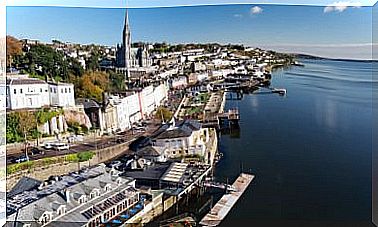We Walk Through Leipzig, A Historical And Very Musical City
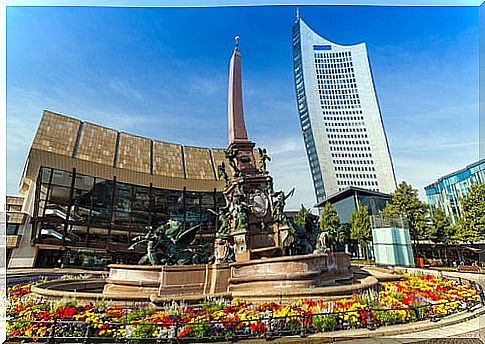
Leipzig is a diverse, lively German city full of attractions for the visitor, although very unknown. The peaceful revolution of its citizens was decisive in the fall of the former GDR and in the German reunification in 1989, which is why it is also known as “the heroic city”. And one more fact before walking through its streets: here you can breathe music in every corner, thanks to the fact that great orchestras and composers of the stature of Bach were established in this place.
Walking around Leipzig
In 116 Leipzig received city and market rights, thus becoming one of the main commercial centers of Central Europe. In addition, it is home to one of the oldest universities in Germany.
Strolling through its historic center is like strolling among magnificent baroque buildings, cobbled streets and medieval squares. We are going to stop at some of the most interesting places in Leipzig.
The church of Santo Tomás
This Lutheran church, the second oldest in the city, is the temple where the great musician Johann Sebastian Bach worked as choir director. In fact, the composer is buried in it.

A church whose origins date back to the 13th century. Between 1212 and 1222 this enclosure would become the monastery of Santo Tomás de la Orden de San Agustín. It began to be built in the Romanesque style, but during the 15th century it underwent profound remodeling to give it a closer look to the late Gothic.
But this church would undergo even more changes over the centuries. The tower was built in 1537 and rebuilt in 1702. Today it preserves its structure, almost 70 meters high. The bombings of the Second World War destroyed the church tower, which had to be rebuilt.
It was after the war that Sebastian Bach’s remains were moved to this church, as the temple they were in, the Johanneskirche, had been completely destroyed.
Gewandhaus concert hall
This concert hall was originally built by Johann Carl Friedrich Dauthe in 1781. It is the seat of the Gewandhaus orchestra and formerly functioned as a textile industry. In 1884 it was an outstanding construction thanks to its acoustics, designed exclusively by Martin Gropius. In World War II the place was left in ruins after the bombings.
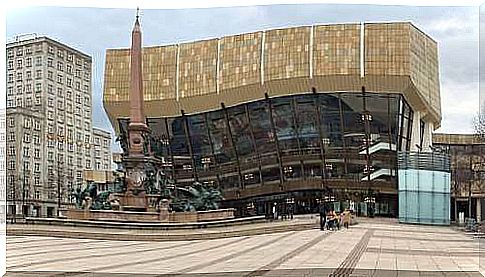
This building was rebuilt up to three times. In 1968 the ruins were demolished to make way for a new car park, so the orchestra performed at the Kapitol cinema during 1945 and then at Kongreßhalle am Zoo until 1981. It was not until 1977 that the reconstruction of the place began, of the hand of Kurt Masur, who designed a building in the brutalist style, very fashionable at that time.
Do not forget that this city is closely linked to the world of music, and not only because of the figure of Bach. Here were born Richard Wagner, and Félix Mendelssohn, who directed the Gewandhaus theater and founded a conservatory in which figures such as Ignaz Moscheles and Robert Schumann, among others, were professors.
The great monument Völkerschlachtdenkmal
This monument was built in commemoration of Napoleon’s defeat in Leipzig. Known as the “Battle of the Nations”, in it the Napoleonic troops faced a coalition made up of Prussia, Russia, Sweden and Austria. For this reason, the monument honors German soldiers and also those of other nationalities.

The scene of Hitler’s rallies when he traveled to Saxony, this concrete and granite structure is 91 meters high and has 500 steps that lead to a higher platform from which you can enjoy wonderful views of the city.
In one of the lower pavilions you can visit a museum that exposes the history of the Battle of Leipzig. Both weapons and uniforms are exhibited inside.
Botanical Garden of the University of Leipzig
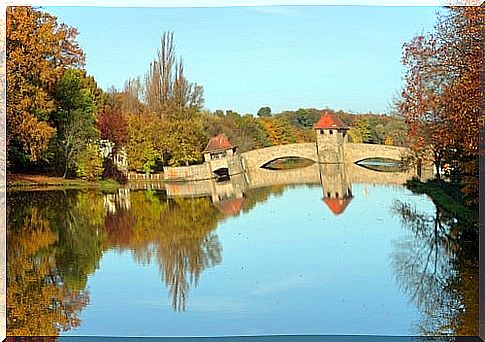
The Botanical Garden of the University of Leipzig extends over about 3.5 hectares and is home to up to 10,000 plants of 600 species of all kinds. It is listed as one of the oldest botanical gardens in the world and the largest in Germany. This project was started in 1539 thanks to the impulse of Caspar Borner and Joachim Camerarius.
At the beginning of the project it was intended to create a garden of medicinal plants and in 1840 the greenhouses were built. One of the most outstanding collections that the place has were the ferns, which represented more than 607 species at the time. It was demolished by the Nazis in World War II but after reunification it was completely renovated.

